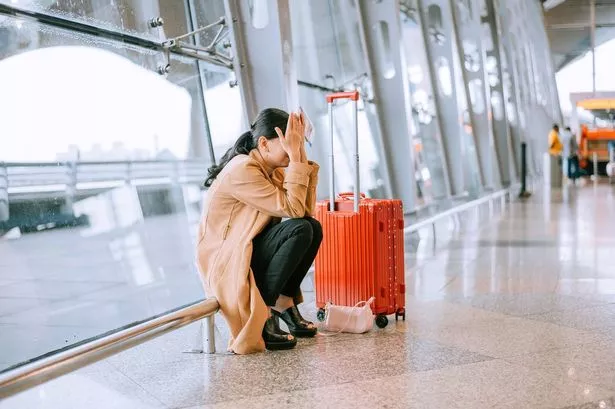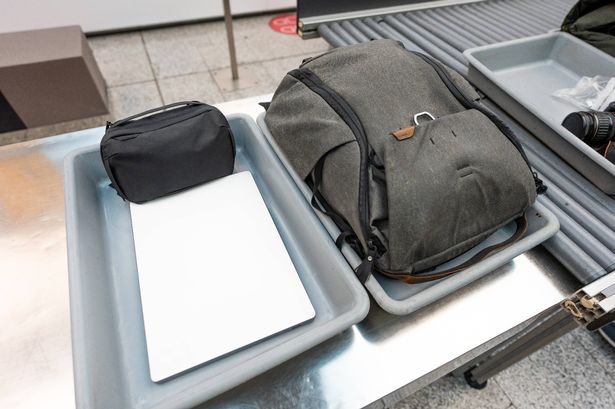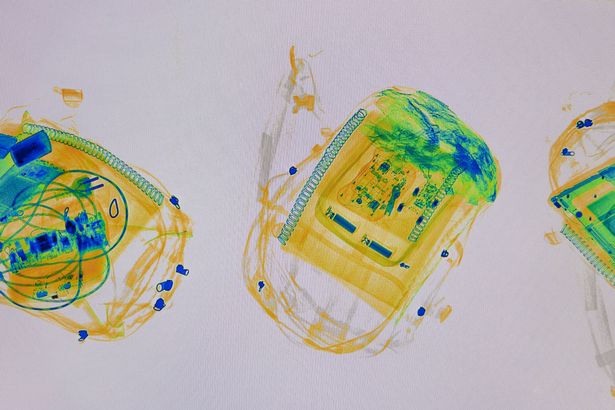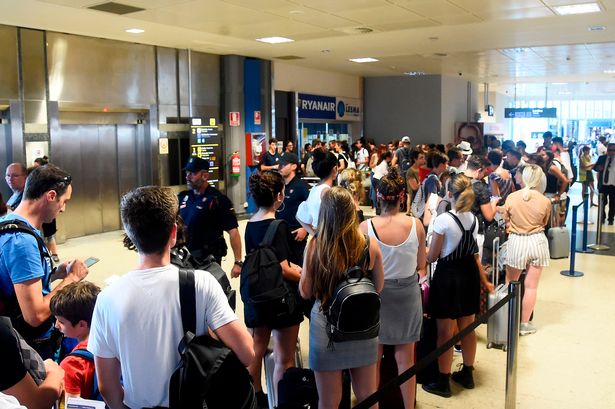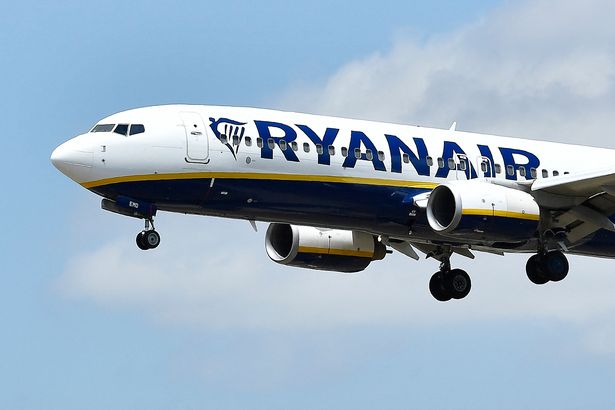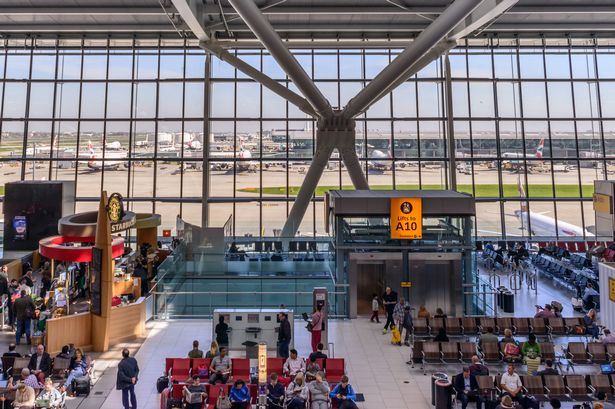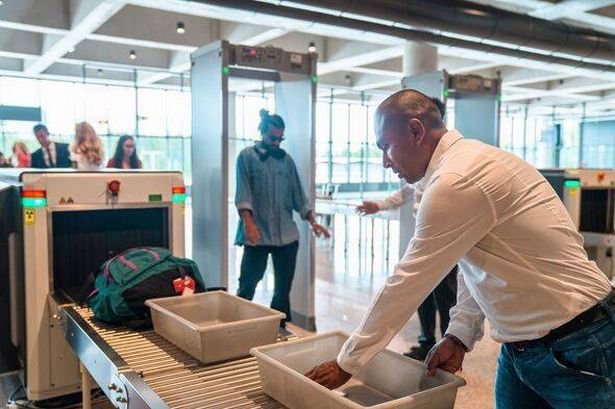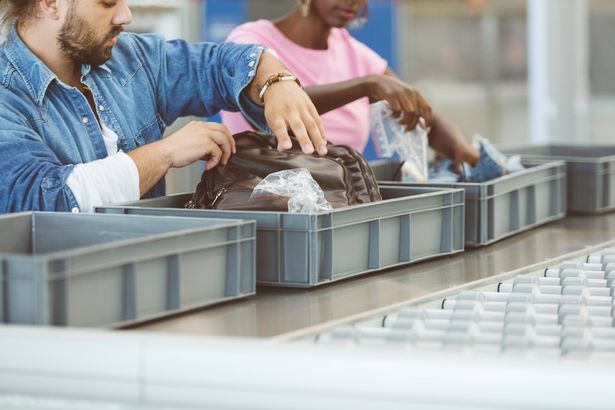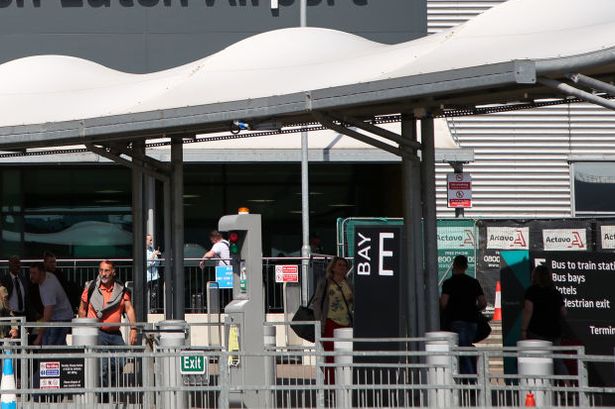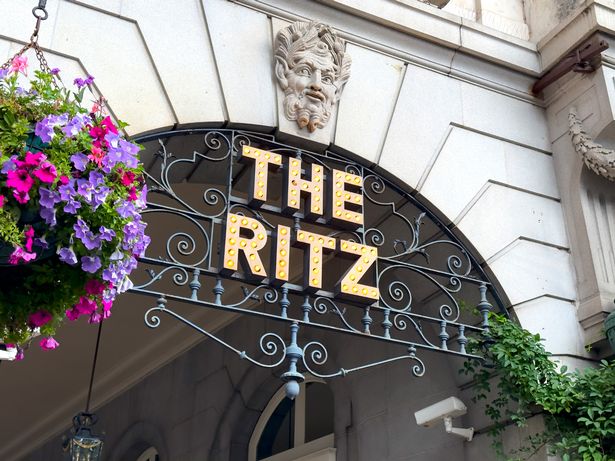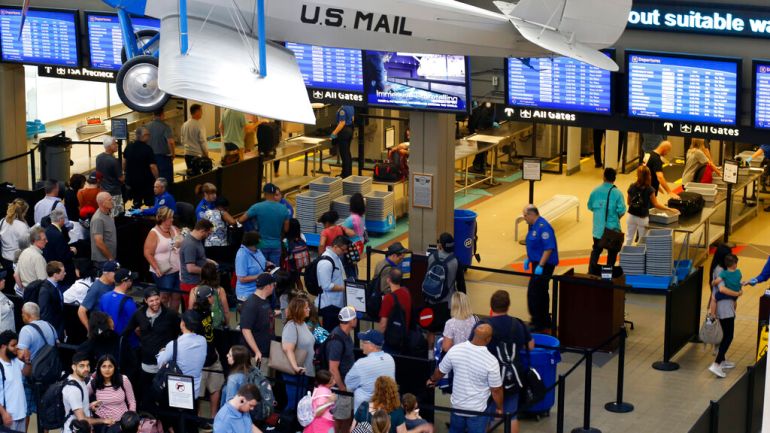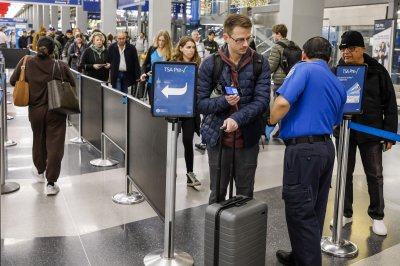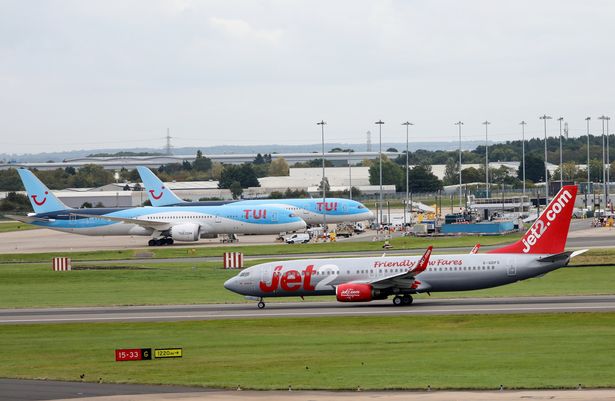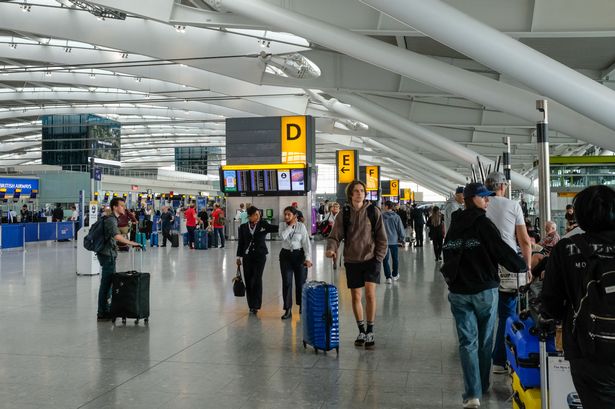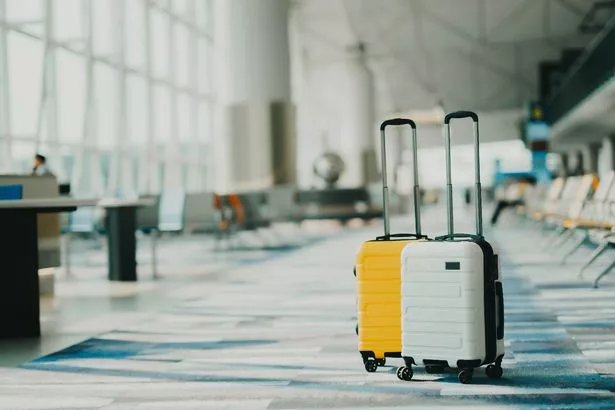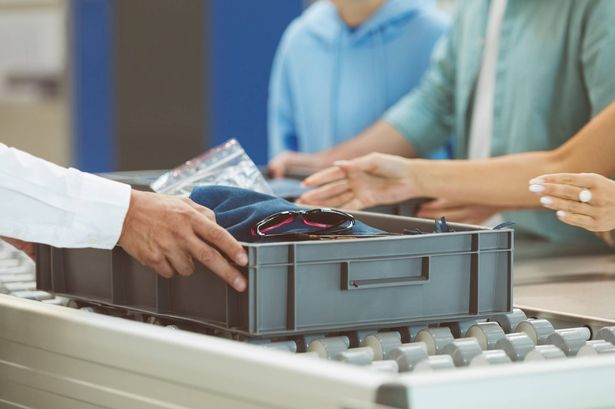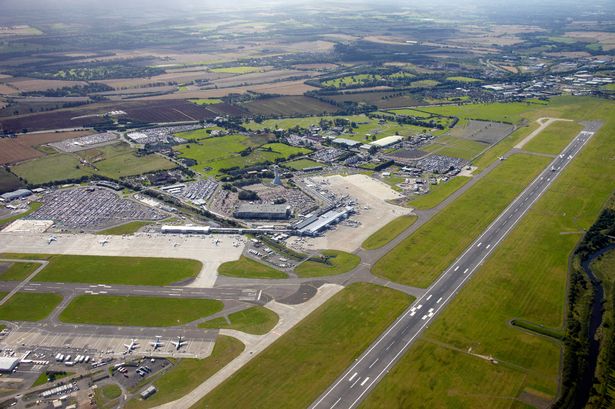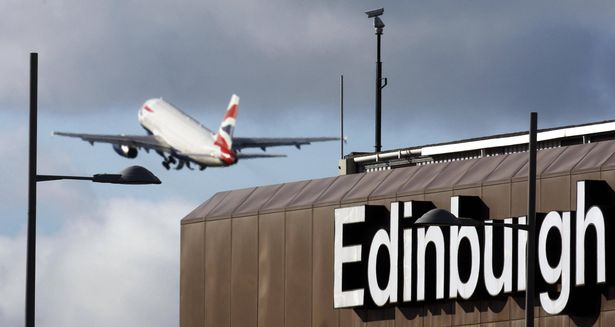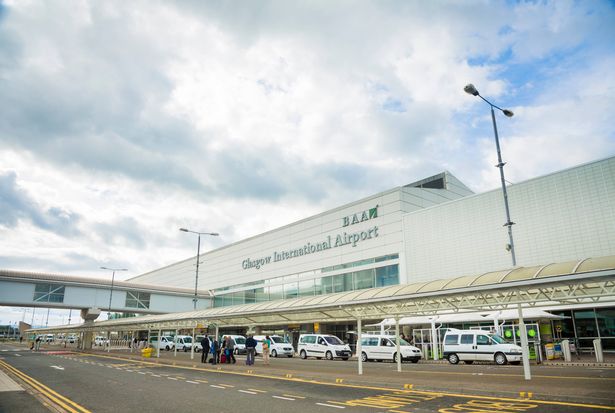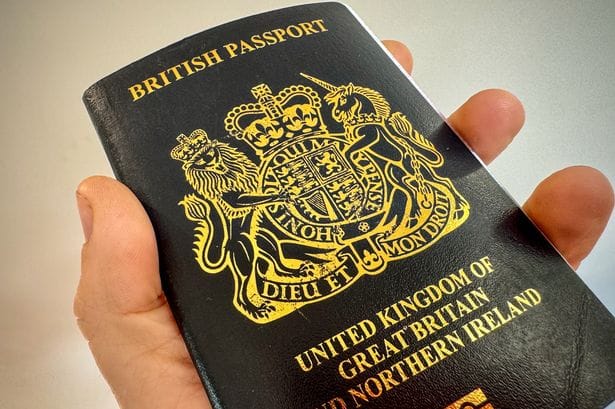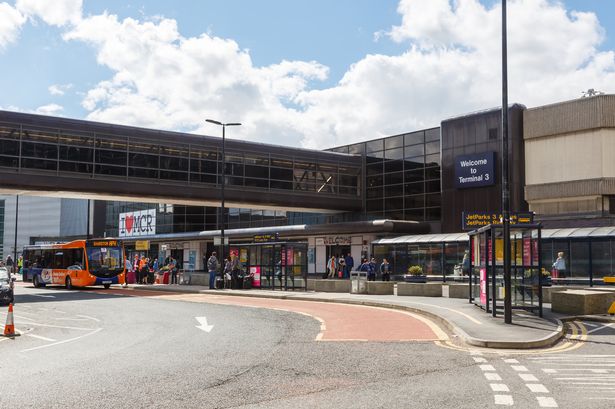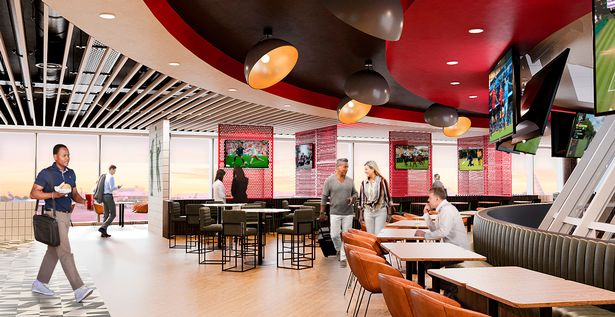A survey conducted by consumer group Which? placed Manchester’s Terminal 3 at the bottom of the list for the fourth consecutive year, with a customer satisfaction score of just 43%
Travellers have delivered their verdict on the UK’s airports – and Manchester has been branded the worst to fly from.
A survey conducted by consumer group Which? placed Manchester’s Terminal 3 at the bottom of the list for the fourth consecutive year, with a customer satisfaction score of just 43%. The terminal received a dismal one-star rating out of a possible five for measures such as security queues, seating, and the pricing in shops and food outlets.
One frustrated Terminal 3 passenger fumed: “It’s impossible to get a drink or something to eat, but much worse than that – there is nowhere to sit.” Manchester’s other two terminals didn’t fare much better in the survey. Terminal 1, which is set to close later this year, was ranked second-worst.
READ MORE: You’re probably making one big booking mistake that gets you the worst roomREAD MORE: ‘Act now’ warning as Ryanair Spain cuts could add 30% to fares within weeks
Another traveller said: “The cleanliness in Terminal 1 is appalling. Toilets are often overflowing, and there’s rubbish everywhere.”
Terminal 2 at Manchester could only muster fourth from bottom, with a customer satisfaction score of 53%, although there was at least some positive feedback. One traveller commended its “good facilities prior to long-haul flight and helpful staff at baggage check-in”.
At the other end of the scale, Exeter Airport topped the list with an overall customer satisfaction score of 80%.
However, Exeter serves around 500,000 passengers annually, compared to 29 million at Manchester or 84 million at Heathrow.
Close behind, with a score of 78%, was Liverpool John Lennon Airport, which now caters to five million passengers each year. Passengers lauded its swift, efficient process and friendly staff.
You can search for your closest airport and check the ratings using our interactive gadget.
Chris Woodroofe, Manchester Airport’s managing director, has hit back at the Which? survey and criticism the airport has received. He said: “Through our historic £1.3 billion transformation programme, we have created a world-class and award-winning Terminal 2. We have also announced plans to invest significantly in Terminal 3 – starting this year.
“I am also proud to say customer satisfaction has increased significantly over the past four years. We know how customers feel about their experience because we asked hundreds of them every week about it. Between January and June this year, 91% of 3,045 people surveyed told us their experience was good, very good, or excellent.
“That is how I know this latest outdated and unrepresentative report from Which? bears no resemblance to the experience people receive at Manchester Airport day in, day out.”
A Gatwick spokesperson added: “In the first half of 2025, passengers received great service, as the airport significantly improved its on-time performance, following excellent collaboration with airline partners and National Air Traffic Services.”
A statement from Heathrow read: “Which? has relied on unrepresentatively small sample sizes and recollections to assess an industry that already collects vast amounts of data on a daily basis, all verified and published by an independent regulator, the Civil Aviation Authority.”
While London Luton Airport’s spokesperson said: “Whilst we value all feedback, a sample size of just 255 Which? readers is simply not representative of the 16.7 million passengers who travelled with us in 2024.”
London Stansted’s spokesperson said it was “proud to have welcomed a record-breaking 30m passengers to the airport in the last year, driven by the great value and reliable service on offer, and convenient access to over 200 destinations across Europe and beyond.”
